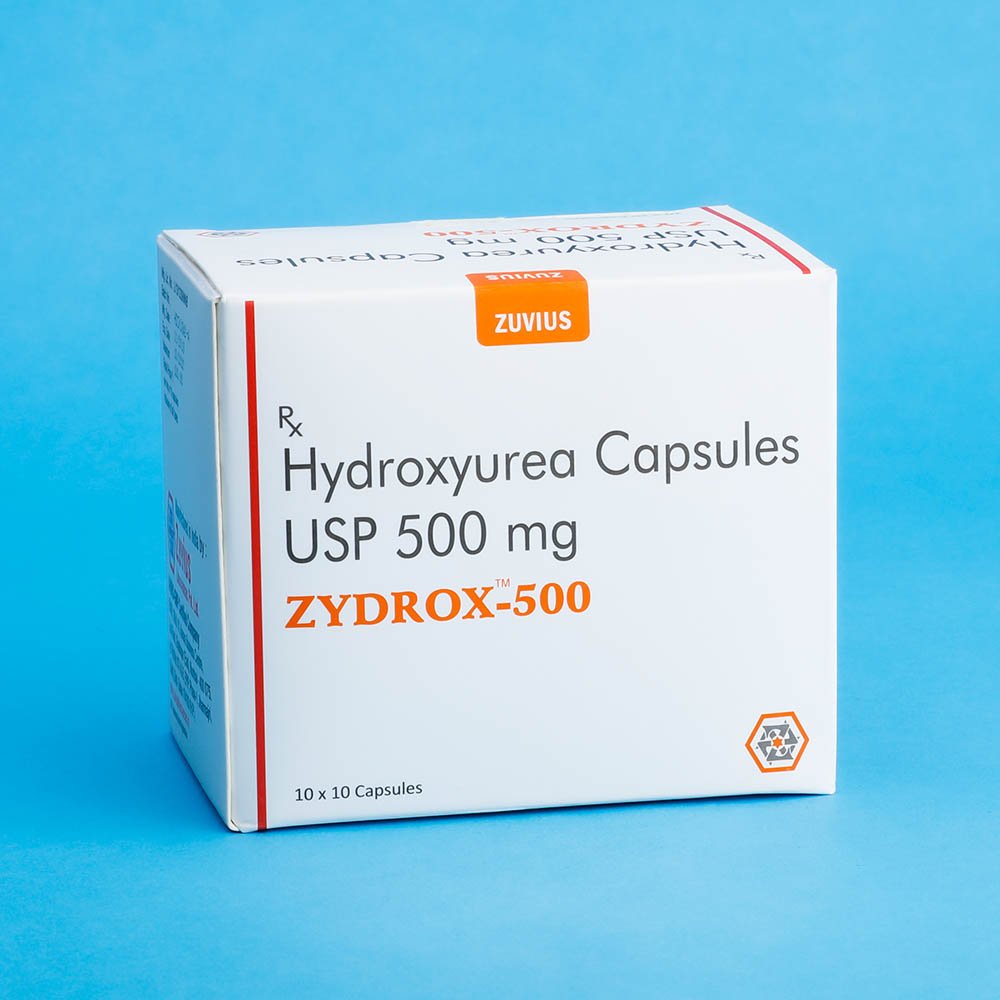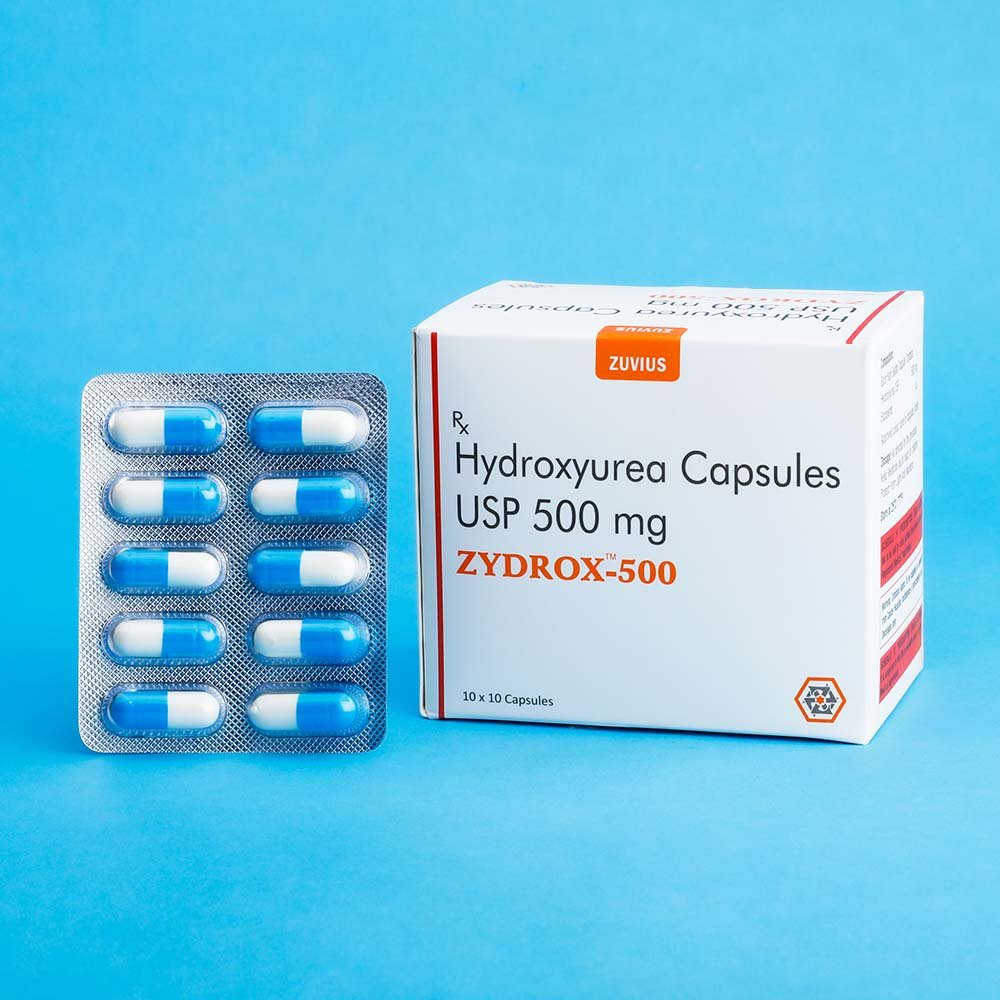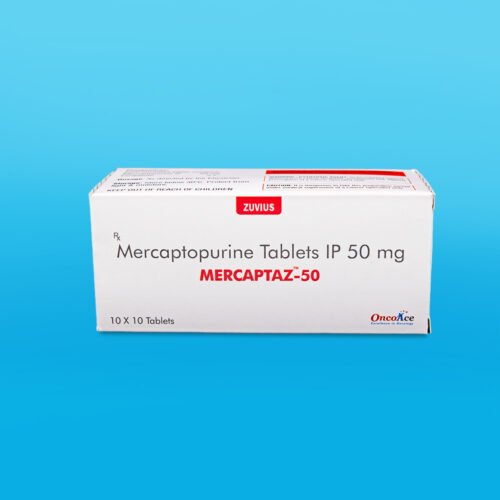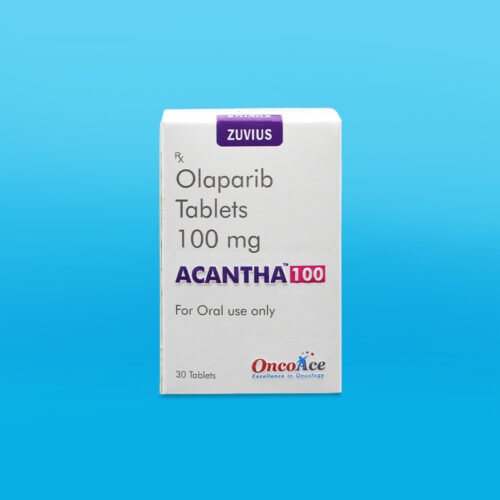Zydrox Cap
Hydroxyurea Cap
Strength: 500mg
Pack Size: 1 x 10
Drug Class: Antimetabolites
Dosage and Administration:
Dosages of Hydroxyurea:
Dosage Forms and Strengths
Capsules
200 mg
300 mg
400 mg
500 mg
Dosage Considerations – Should be Given as Follows:
Solid Tumors
Intermittent Therapy: 80 mg/kg orally every 3 days, OR
Continuous Therapy: 20-30 mg/kg orally once/day
Head and Neck Tumors
Concomitant therapy with irradiation
80 mg/kg orally every 3 days
Begin 7 days prior to initiation of irradiation
Head and Neck Tumors
80 mg/kg orally every 3 days
Begin 7 days prior to initiation of irradiation
Chronic Myelocytic Leukemia, Resistant
Continuous Therapy: 20-30 mg/kg orally once/day
Sickle Cell Disease
Start: 15 mg/kg/day as a single dose; monitor patient’s blood count every two weeks
Titrate by 5 mg/kg/day every 12 weeks
The dose is not increased if blood counts are between the acceptable range and toxic
Not to exceed 35 mg/kg/day
Discontinue therapy until hematologic recovery if blood counts are considered toxic; may resume treatment after reducing the dose by 2.5 mg/kg/day from dose associated with hematological toxicity
Thrombocythemia, Essential (Off-label)
15 mg/kg orally once/day
Titrate to control platelets and maintain white blood cell (WBC) count
HIV, Adjunct Treatment (Off-label)
500 mg orally twice daily
Use with antiretrovirals
Psoriasis (Off-label)
1000-1500 mg/day orally once or twice daily
Other Information
Monitor: complete blood counts (CBC)
Cold Storage: no
Hydroxyurea is an antimetabolite available for oral use as capsules containing 500 mg hydroxyurea. Inactive ingredients include citric acid, colorants (D&C Yellow No. 10, FD&C Blue No. 1, FD&C Red No. 40, and D&C Red No. 28), gelatin, lactose, magnesium stearate, sodium phosphate, and titanium dioxide.
Hydroxyurea is a white to off-white crystalline powder. It is hygroscopic and freely soluble in water, but practically insoluble in alcohol. The empirical formula is CH4N2O2 and it has a molecular weight of 76.05. Its structural formula is:
 |
Hydroxyurea is indicated for the treatment of:
- Resistant chronic myeloid leukemia.
- Locally advanced squamous cell carcinomas of the head and neck (excluding the lip) in combination with chemoradiation.
Usage-:
Hydroxyurea is used alone or with other medications or radiation therapy to treat a certain type of chronic myelogenous leukemia (CML; a type of cancer of the white blood cells) and certain types of head and neck cancer (including cancer of the mouth, cheek, tongue, throat, tonsils, and sinuses
The bulk of the current evidence suggests that hydroxyurea is well-tolerated, safe, and efficacious for most patients with SCD.
Hydroxyurea has proven clinical efficacy for reducing acute vaso-occlusive events including pain episodes and acute chest syndrome
Hydroxyurea may increase the risk that you will develop other cancers, including skin cancer.
Plan to avoid unnecessary or prolonged exposure to sunlight and to wear protective clothing, sunglasses, and sunscreen.
Talk with your doctor about the risks of taking hydroxyurea.
Myelosuppression
Hydroxyurea causes severe myelosuppression. Treatment with hydroxyurea should not be initiated if bone marrow function is markedly depressed. Bone marrow suppression may occur, and leukopenia is generally its first and most common manifestation. Thrombocytopenia and anemia occur less often and are seldomseen without a preceding leukopenia. Bone marrow depression is more likely in patients who have previously received radiotherapy or cytotoxic cancer chemotherapeutic agents; use hydroxyurea cautiously in such patients.
Evaluate hematologic status prior to and during treatment with HYDREA. Provide supportive care and modify dose or discontinue Hydroxyurea as needed. Recovery frommyelosuppression is usually rapid when therapy is interrupted.
Malignancies
Hydroxyurea is a human carcinogen. In patients receiving long-termhydroxyurea for myeloproliferative disorders, secondary leukemia has been reported. Skin cancer has also been reported in patients receiving long-termhydroxyurea. Advise protection fromsun exposure and monitor for the development of secondary malignancies.










